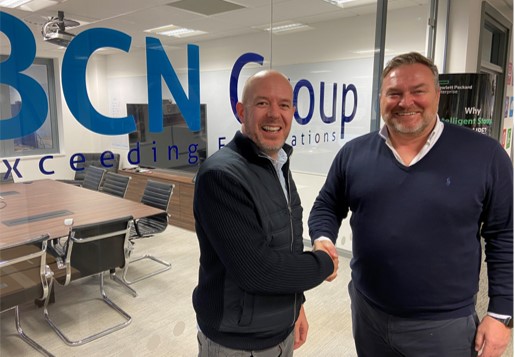Tim Hall, Head of Innovation / 25-January-2019
Every year, certain Microsoft products reach their end of life.
This means that Microsoft stops releasing updates and patches for the products in question, which in turn can have a major impact on businesses that are not properly prepared.
In this blog post, we highlight the Microsoft products reaching end of life this year and in 2020, and explain what you need to do to avoid disruption and system vulnerabilities.
First things first, these are the systems that will no longer be supported from July 2019:
- SQL Server 2008 (July 2019)
- Windows Server 2008 (January 2020)
- Exchange Server 2010 (January 2020)
- Windows 7 (January 2020)
- Office 2010 (October 2020)
If you are running these systems and do not migrate to supported platforms and products, you will leave your organisation exposed to security threats.
You also risk falling out of compliance with industry regulations such as GDPR, and can expect to see maintenance costs rise quickly and steeply.
To prevent this from happening, it is important to plan and budget for updating the systems that will reach end of life over the next 12-18 months.
Here at BCN, we suggest you take a three-step path to upgrading your systems – Assess, Migrate, Optimise.
Let’s discuss each in turn:
Assess:
Look at the systems you currently have in place and identify if any are approaching end of life. You should also take an inventory of your applications and workloads.
Categorise these based on:
- Type (Microsoft Apps, Third-party Apps, Custom Line of Business Apps, Server Roles)
- Criticality (Mission Critical, Important, Normal)
- Risk (Low, Medium, High)
This will allow you to identify the systems that need to be upgraded and/or replaced.
It will also highlight opportunities to transform critical parts of your business by moving from legacy platforms to state-of-the art technologies and solutions.
Migrate:
Some of the modern solutions you should consider migrating to include:
- Windows Server 2019 – upgrading your on-premise severs to Windows Server 2019 will ensure your organisation is cloud and DevOps ready[MH1] .
- Microsoft Azure – allows you to deploy your business infrastructure, applications and services using a modern, scalable, consumption-based platform.
- Microsoft 365 – combine the power of Office 365, Enterprise Mobility and Security and Windows 10 to digitally transform your organisation.
Once you have upgraded your systems, it is important to optimise your IT infrastructure to ensure you streamline costs, manage resources and improve compliance and security.
Optimise:
The latest Microsoft systems are packed full of features to help you do this.
This includes built-in data security and compliance tools that safeguard all company devices against external threats and data leaks while allowing you to control data access at all times.
Modern systems are straight forward to set up and have been designed to make it easy to manage users, devices and data.
This allows you to deploy the right resources in the right places, and, in most cases, you only pay for what you need, when you need it.
Of course, it is important to make sure all devices are kept up to date with the latest security patches and new features to ensure you are always working with the latest and best tools.
Other things to consider:
Microsoft end of life periods can cause headaches for organisations that are not prepared.
July may seem like a long way off, but now is the time to begin assessing and migrating. As part of this, you should also develop a timeline and budget for the process.
In addition, it is important to allow time to educate and train users on any new systems or processes that are implemented.
Microsoft end of life may feel like an unwanted disruption, but it should be seen as an opportunity to modernise and transform your business.
Those that do will leverage the power of the latest systems and technologies and benefit from improved security and additional tools and features, while also streamlining costs.
To find out more, feel free to contact us by clicking the button below.




